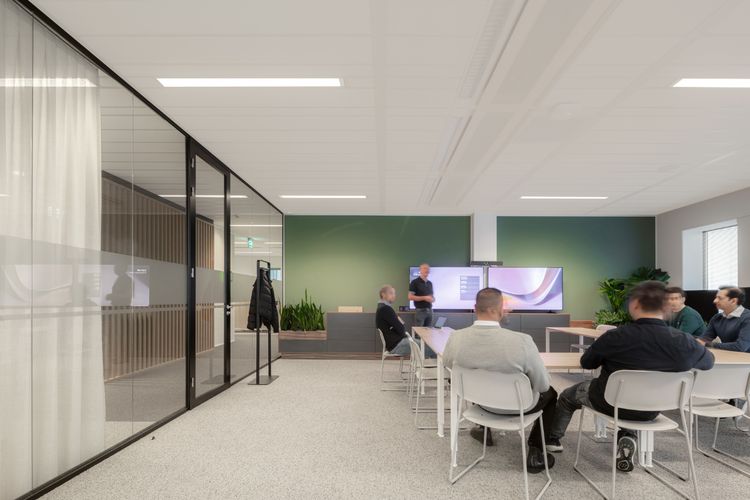Navigating the Future of Workspaces with NORNORM's 2023 Trends and 2024 Predictions

As we reflect on the year, let's delve into the significant trends observed by Philip, whose experiences provide a unique window into how workspaces have adapted to meet the continuously changing needs and emerging challenges of companies across Europe.
In a world where change is the only constant, NORNORM has led the revolution in creating adaptable workspaces through continuous optimisation of office furniture layouts. 2023 has been another pivotal year in which we’ve seen demands for adapting workspaces skyrocket, with our expert Customer Success team at the forefront of this transformation.
With more than 400 office furniture changes successfully completed this year, Philip van Engeldorp Gastelaars and Nikolas Hartlieb share the invaluable insights from our Customer Success team in understanding and shaping the trends in workspace design and utilisation. These changes have not only enhanced workspace functionality but also significantly improved employee productivity and satisfaction.
2023 TRENDS IN THE WORLD OF WORK
As we reflect on the year, let's delve into the significant trends observed by Philip, whose experiences provide a unique window into how workspaces have adapted to meet the continuously changing needs and emerging challenges of companies across Europe.
DIVERSE REASONS FOR CHANGES
FLUCTUATING DEMAND FOR PRIVACY AND ROOM SEPARATION
YOUNG WORKFORCES AND OFFICE USAGE
2024 Predictions for Workspace Usage PREDICTIONS FOR WORKSPACE USAGE
As we look towards the future, Niko shares his team's predictions on the evolution of workspaces. These insights highlight a shift towards more adaptable, technologically-equipped, and purposefully-designed office spaces, reflecting both ongoing trends and new directions in office utilisation and ways of working.
Adapting to Economic Realities and Cost-Efficiency
Creative, Agile, and Technologically Advanced Workspaces
Balanced Office Attendance and Zone Distinction

2023 has been a year of learning, adaptation, and growth in workspace design. As we look towards the future, NORNORM remains committed to staying ahead of these evolving trends, ensuring our workspaces continue to meet the changing needs of our customers and their employees.
Remember, don’t office like it’s 1973. Let NORNORM guide you into the future of workspace design.





